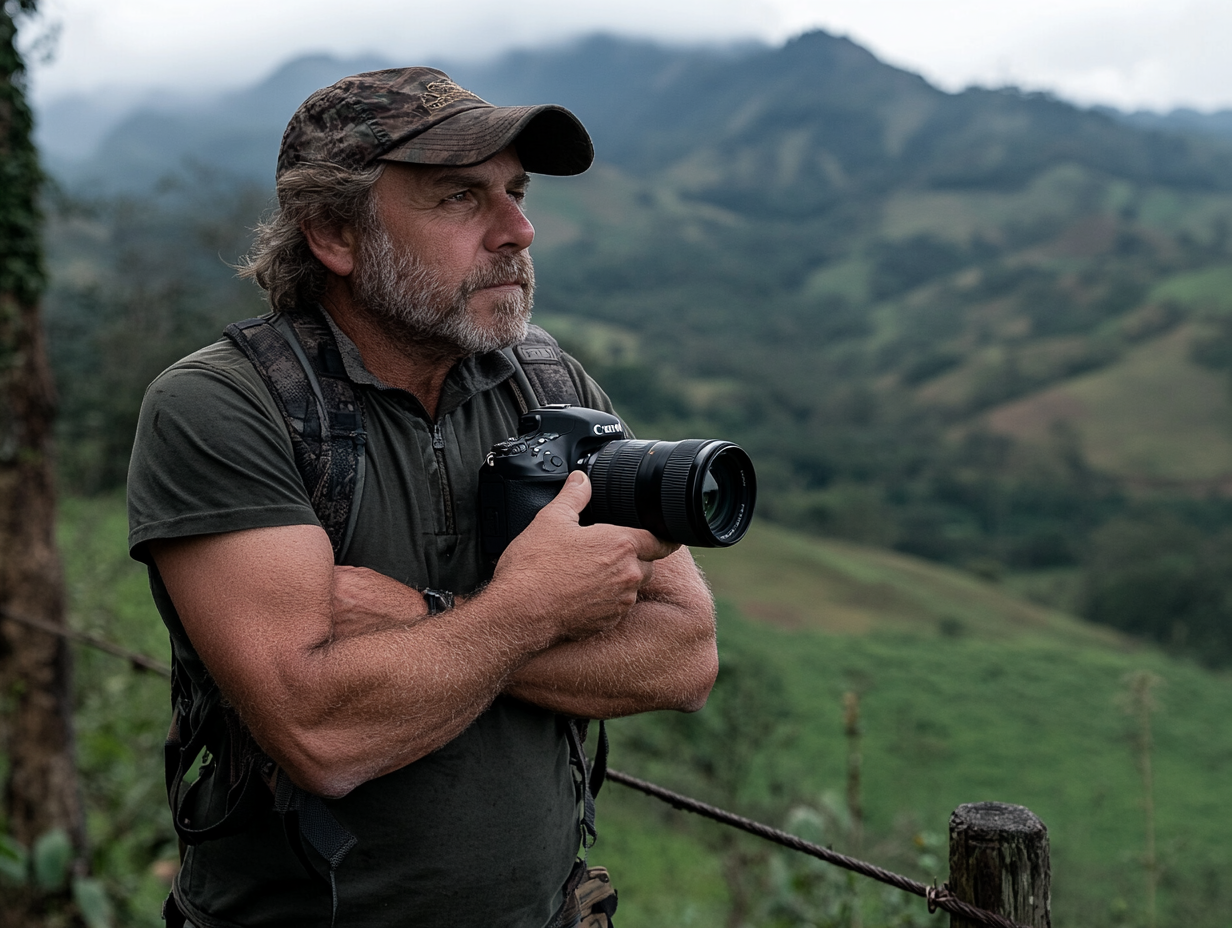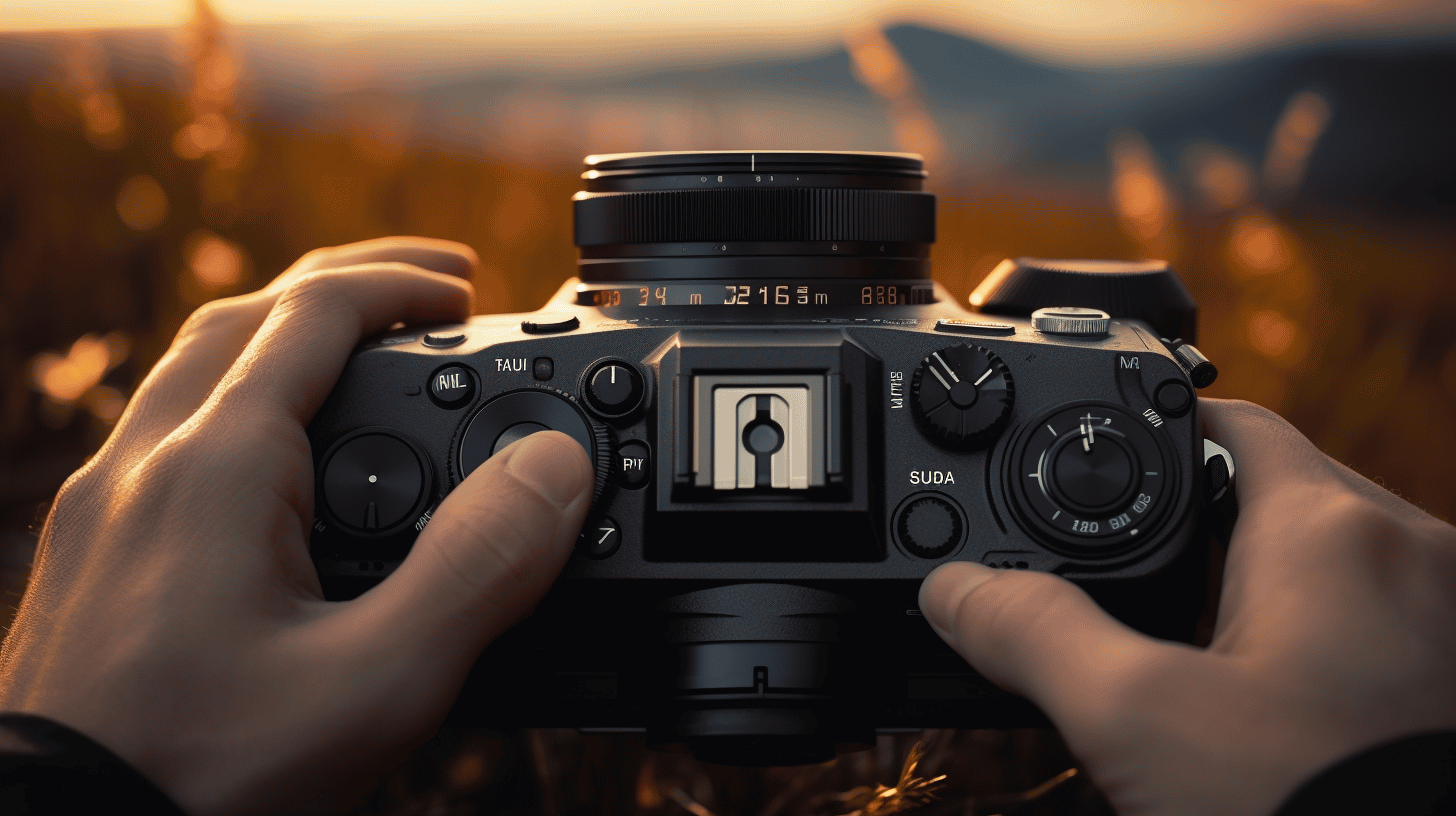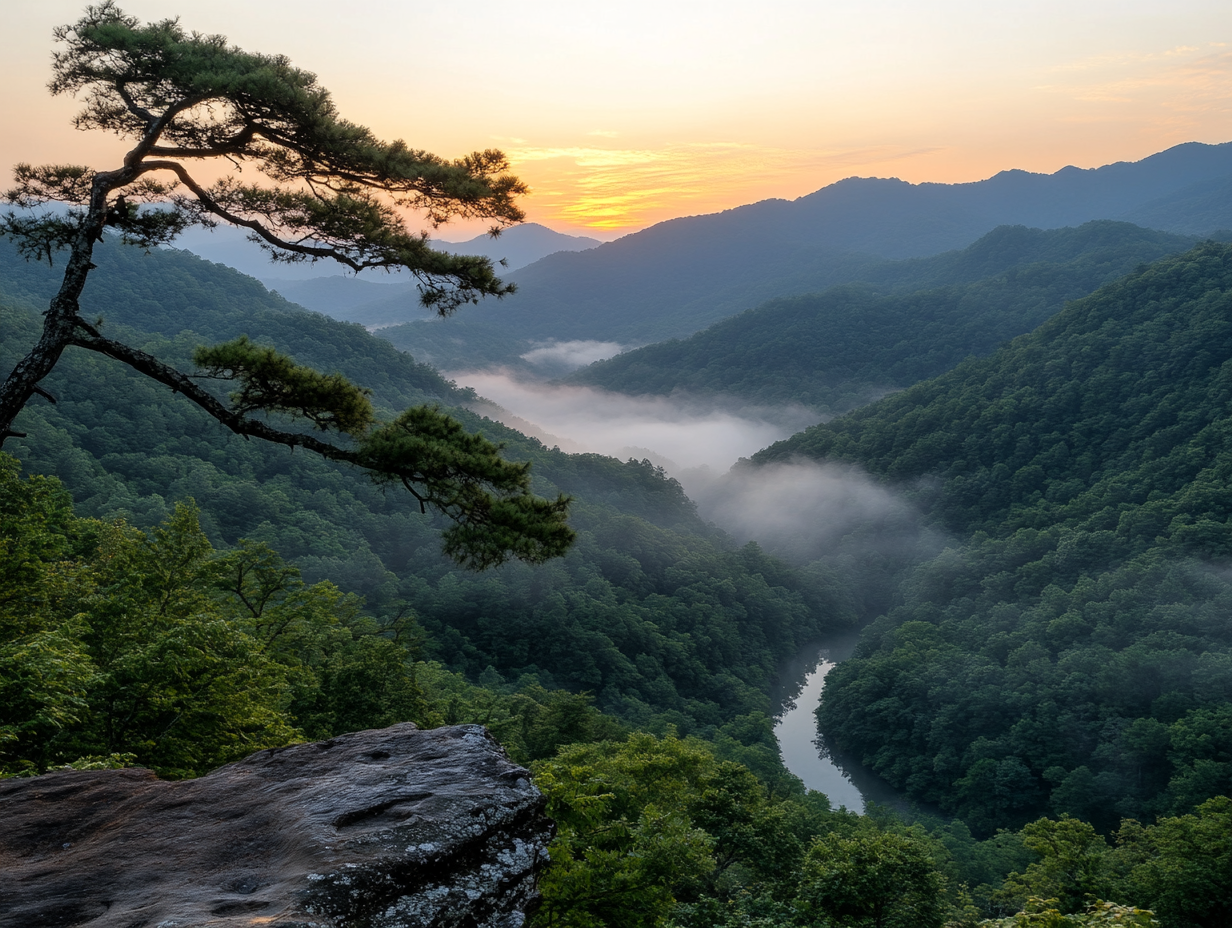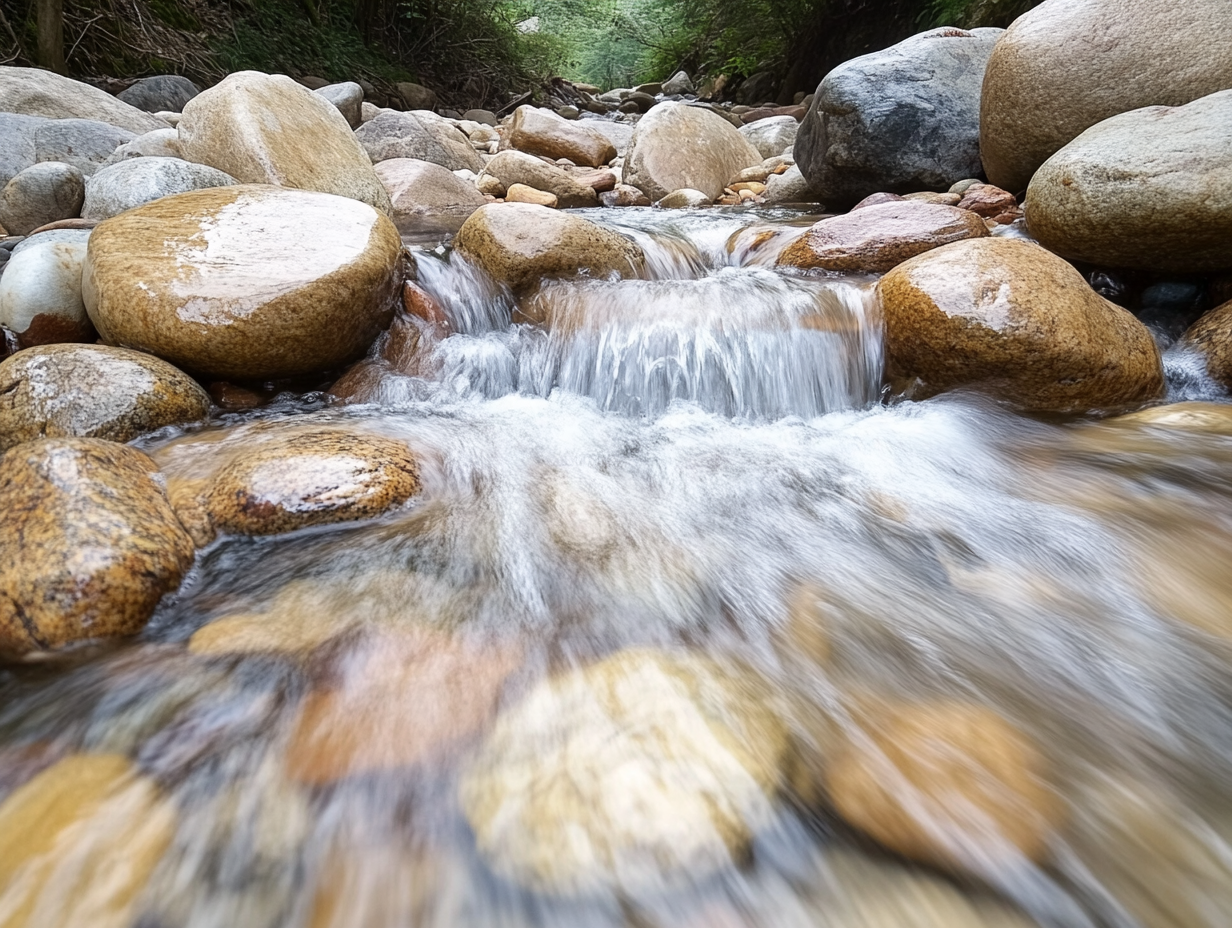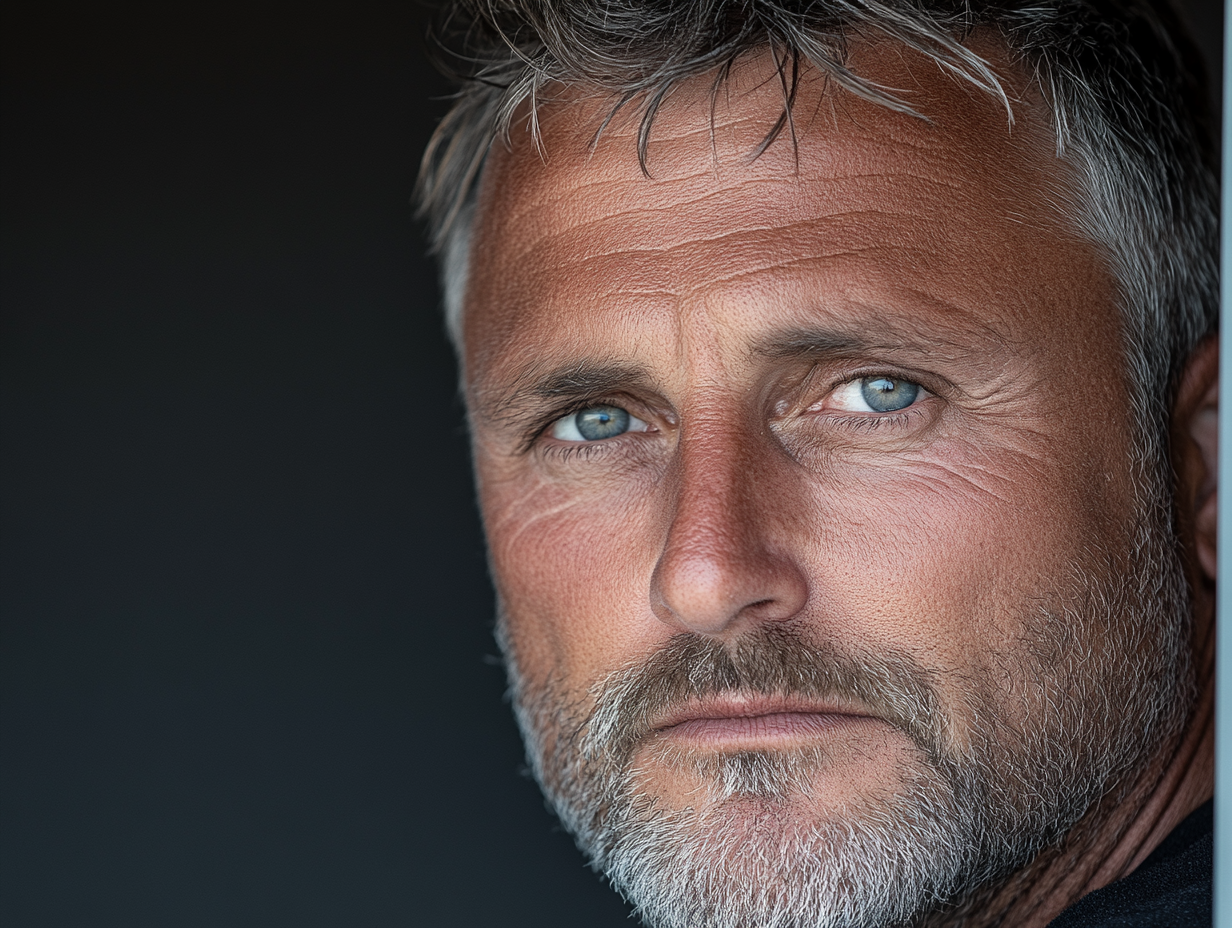Nikon Z50 II setup guide with tips and tricks Introduction The Nikon Z50 II camera is the Þ rst Nikon hybrid equipped with an APS-C sensor. In a compact form factor, the Z50 II has the right to satisfy demanding photographers: 20.9MP APS-C DX sensor with enhanced...


